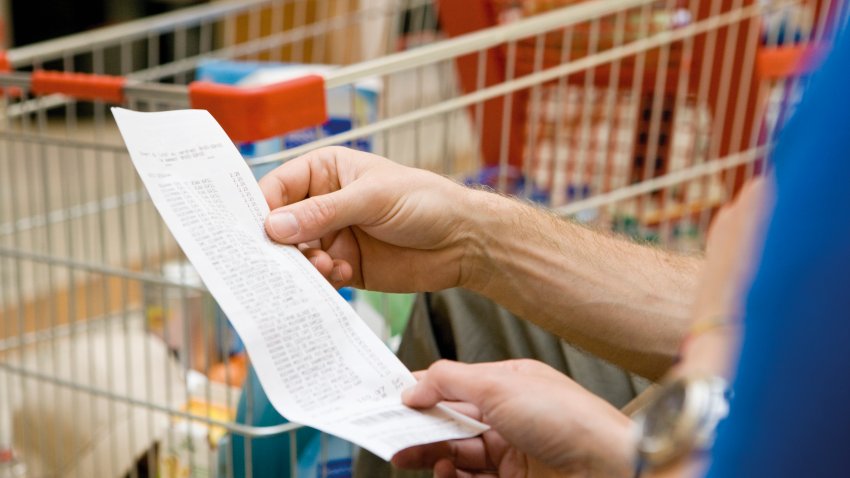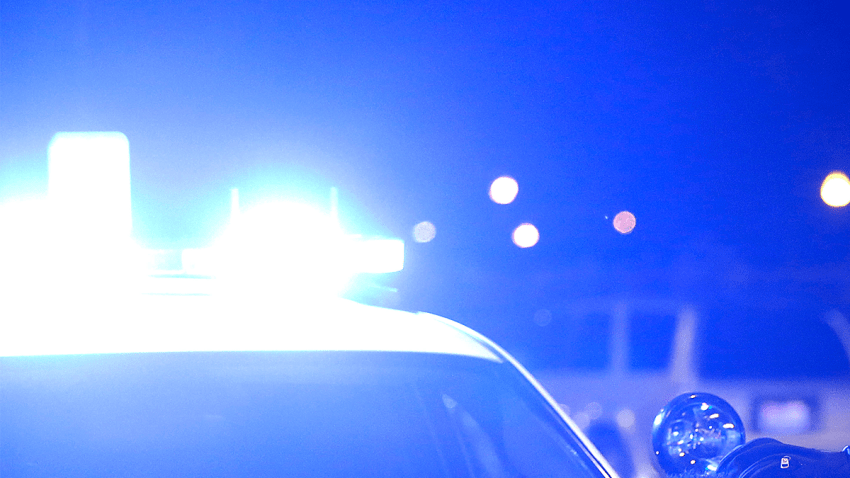
Frederick ‘Flips' Richard breaks world backflip record
Olympic gymnast and Stoughton, Massachusetts, native Frederick Richard has his sights set on a world record for a good cause.

Olympic gymnast and Stoughton, Massachusetts, native Frederick Richard has his sights set on a world record for a good cause.


Affordable housing advocacy groups say competition from college students can leave local residents priced out of their neighborhoods and unable to afford rising rent

Red Sox second baseman Kristian Campbell has been named the American League Rookie of the Month for March and April.

The teen volunteers from the Hyde Square Task Force found similar prices at Jackson Square compared to Dedham, Massachusetts, but prices are still higher elsewhere in Boston

A former Massachusetts State Police sergeant who was among six people charged in a scheme to take bribes in exchange for giving passing scores on commercial driving tests was found guilty in federal court Friday on most counts, prosecutors said.

The Celtics and Knicks are set for their first postseason series since 2013 and their 16th in NBA history. Here’s a look back at the history between the archrivals.


Which UDFAs have the best chance to make the team? Phil Perry tackles that question and more in his post-NFL Draft Patriots Mailbag.

The body of a boy who was reported missing after falling into the Merrimack River nearly two weeks ago has been found, the family said Friday.

We’re tracking rain and potential strong storms for the weekend. Yup, another weekend in a row with rain in the forecast here in Boston.

Big games for Jalen Brunson don’t always equate to wins, and that’s important for the Celtics to remember in this second-round series.

A proposed 70-unit development in South Boston without dedicated parking spaces for residents could have been a model for transit-oriented housing in the city.


This Celtics team may look different in the fall, and that’s all the more reason to live in the moment of their playoff journey, writes Chris Forsberg.